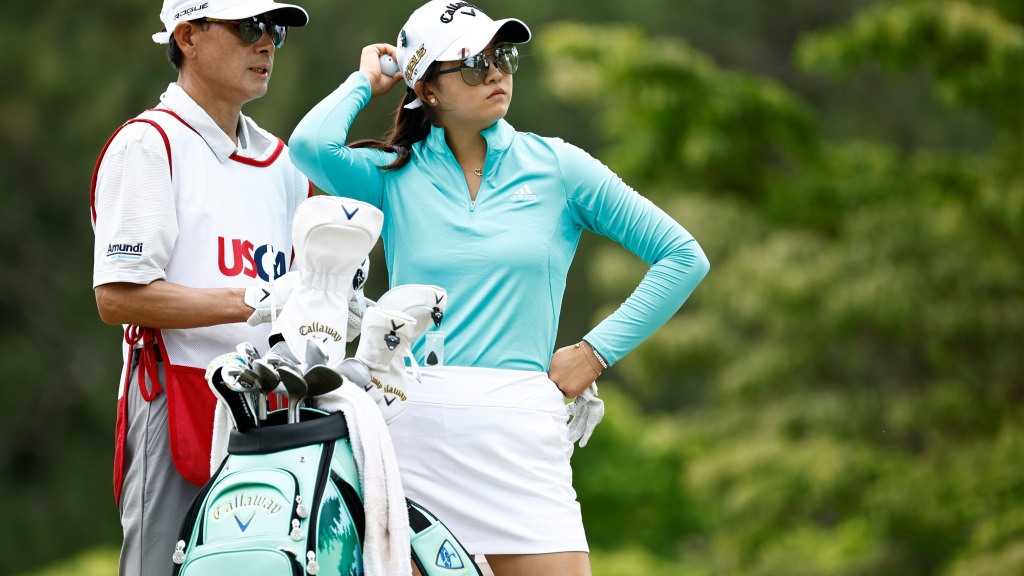It’s been just over one year since name, image and likeness legislation was enacted, giving college athletes the chance to engage in activities, including endorsement deals, leveraging social media for pay, and getting compensated for coaching, making personal appearances and signing autographs.
And the ramifications have been sweeping, perhaps the greatest throughout major revenue sports like football and basketball, but in college golf, as well.
USA Today’s Paul Myerberg wrote at length on the subject in a piece that debuted on Friday, noting that college athletics will be ultimately defined before and after the landmark. From his story:
A revolution has ensued.
What was expected to bring irreversible change to the long-standing amateur model has done exactly that and then some, shaking up the landscape to such an extreme degree that a timeline can be separated into the two distinct eras of before and after NIL.
With one year under our belts, let’s take a look at NIL, what’s worked and what hasn’t, and what it all means for the world of college golf.
What’s gone wrong with NIL?
The NCAA has done little to govern the policy, giving the air of what Myerberg called “a Wild West-like atmosphere where NIL offerings have the potential to supersede more traditional selling points such as recent success and facilities.”
According to the story, third-party groups driven by donors have stepped into this power vacuum to amass large pools of money earmarked for NIL opportunities. Existing outside the watchful eyes of university compliance departments, these collectives have drawn attention for rubbing against the baseline principle that no NIL deal can include compensation for athletic performance.
“I don’t think anybody anticipated this concept around collectives. That’s where probably, at least among people I’m talking with, there’s concern over how they may or may not be operating,” said Jon Steinbrecher, the commissioner of the Mid-American Conference.
Current NIL rules have also left behind foreign student-athletes in the United States on an F1 visa, which allows for immigration as a full-time student but prohibits off-campus employment for all but specific situations.
That presented a peculiar situation during the year’s U.S. Women’s Open, when Ingrid Lindblad, the No. 2 amateur in the world, trailed by just one stroke after the opening round. While other collegians like Rose Zhang were decked out in NIL-issued gear during…
..
Click Here to Read the Full Original Article at Golfweek…
